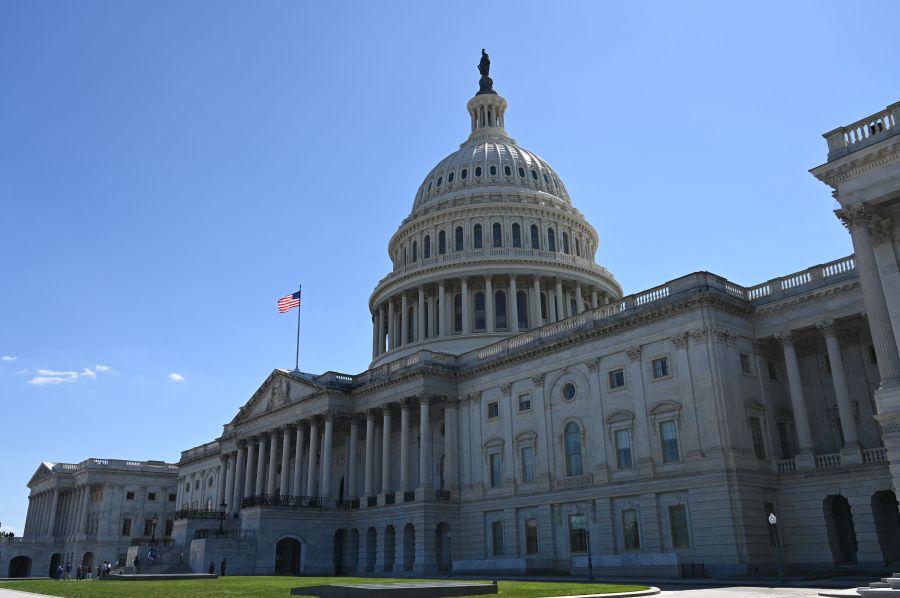How technology shows up in the Jan. 6 committee hearings

Last night, the House Select Committee investigating the attack on the Capitol started showing the evidence it has been gathering about who knew what and when. To build that case and tell the story, members are relying on video footage, social media communication and text messages.
Marketplace’s Kimberly Adams spoke with Alex Howard, director of The Digital Democracy Project, who says a major focus is the role social media and virtual communication played before, during and after the attack. The following is an edited transcript of their conversation.

Alexander Howard: What we saw is something quite different in modern times, which is a seditious conspiracy planned out and implemented in the open. There’s a great deal of open-source intelligence that journalists, analysts, other people could see in the months leading up to Jan. 6. What we’re going to, I think, have more understanding of over the next couple of weeks, is the extent to which the people at the tech companies and people in government can now understand what happened on private timelines, along with the groups and the tweets that we could all see in public.
Kimberly Adams: The Department of Justice is using a geofence warrant. Can you explain what that is and how common it is?
Howard: Based upon what we understand from it, it’s increasingly common. It’s a legal request to provide information about where a given device was at a given time. So to essentially say, “Here’s a geographic area. Which devices were there, and when?” And for people who are interested in understanding what happened in the days before Jan. 6, and then on that day itself, those are quite pertinent. The reality is that data from our devices is a tale, and we can and should expect that data to be held against us in a court of law, whether it’s a Fitbit, or an Apple Watch, a smartphone, or anything else that’s talking to the internet around us. Or sensors that are following us. And the geofencing warrants — if your device is inside of the Capitol, your claim in court, or to the public, that you weren’t there might be contradicting.
Adams: The select committee sent data requests to a number of tech companies, from Google to 4chan. What was the committee looking for?
Howard: One, might be the content of messages. The other might be metadata — the relationships of different accounts to each other to understand which accounts were the center of different networks of people organizing, self organizing, directing actions. And then the third is what the staff at the companies themselves knew in the moment.
Adams: How have these tech companies responded to their requests?
Howard: We don’t know entirely. There’s a request to Twitter to get access to internal Slack messages between staff, perhaps interested in some of these questions. I believe Twitter is fighting that, and until the committee sort of shows its work to us a lot more and the companies come forward to say: “This is what we shared, this is what we didn’t” and why, you and I and everyone else will be trying to figure that out together.
,Adams: As you mentioned, some of the social media content posted on platforms like Twitter and Facebook is public. And some of the communications leading up to Jan. 6 also happened on encrypted messaging platforms. What have we, and I guess the committee, learned about which types of virtual communications are privileged and which are not, through all of this?
Howard: The question of what’s sort of in people’s direct messages, for instance, is a pretty interesting one. We all are very familiar with President Trump’s tweets, but we don’t know very much at all about his direct messages or whether he used that part of the platform at all. And you can’t necessarily know about content if something’s encrypted, unless you’re able to compromise one of the two ends of it. But if you were able to get access to something, then the question of privilege is a legal one, not a technical one.
Related links: More insight from Kimberly Adams
If you missed yesterday’s hearing, there’s plenty of coverage on your local public radio station. The unedited recording is available on C-SPAN.
Alex mentioned that Twitter was fighting the select committee’s request for internal communications. That was reported by Rolling Stone magazine. Twitter did not get back to us ahead of our deadline, but told Rolling Stone it has an “ongoing, productive engagement with the select committee,” and has “provided appropriate, relevant information to contribute to this important investigation.”
According to the Associated Press, more than 800 people have been charged so far in that ongoing investigation.
The future of this podcast starts with you.
Every day, the “Marketplace Tech” team demystifies the digital economy with stories that explore more than just Big Tech. We’re committed to covering topics that matter to you and the world around us, diving deep into how technology intersects with climate change, inequity, and disinformation.
As part of a nonprofit newsroom, we’re counting on listeners like you to keep this public service paywall-free and available to all.
Support “Marketplace Tech” in any amount today and become a partner in our mission.


















